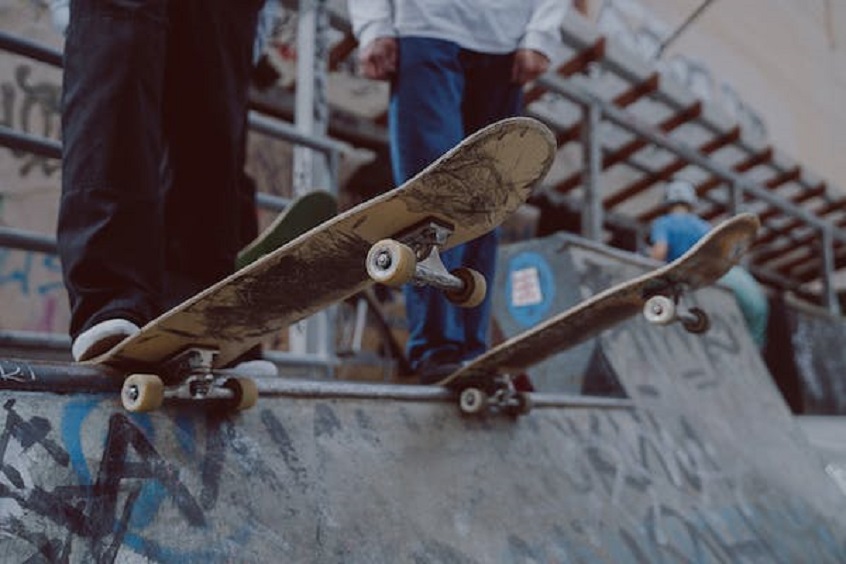
Guide to Skateboard Cruising: 8 Tips for a Better Performance
A cruiser skateboard is a type of board made specifically for gliding effortlessly around streets, urban landscapes, or almost any flat surface. The curved rear end, or “kicktail,” is a common feature on many cruiser boards. If doing tricks with your board all around the parks and ramps doesn’t sound like your ideal skateboarding fun, then perhaps you might be interested in cruising. To start off on the right foot, you’re going to have to:
Contents
1. Choose the Right Cruiser Board for You
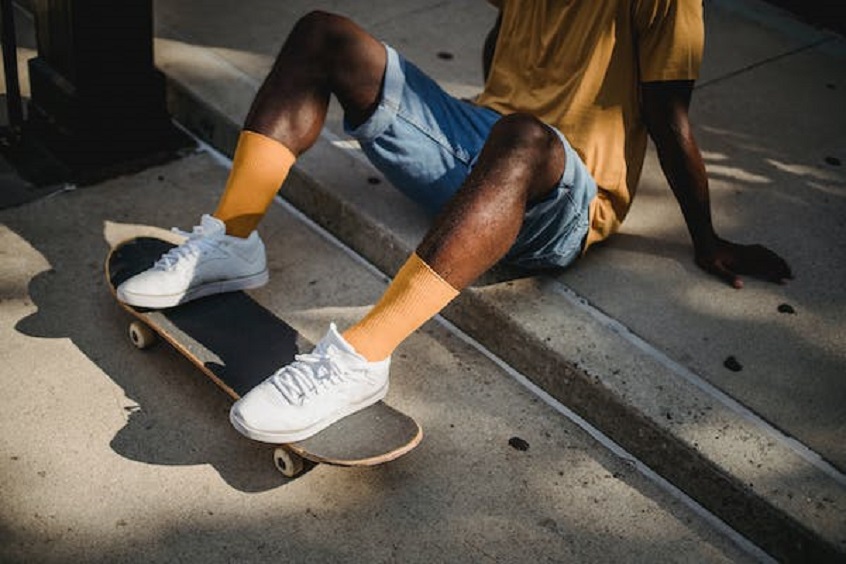
Cruiser boards often include deck widths of eight and a quarter inches or more, making them significantly broader than standard skateboards. In addition, the bigger wheels found on cruiser boards make them a speedy and enjoyable option for commuting shorter distances.
You can buy cruiser skateboard that features larger, more stable wheels, and the softer tyres and suspension allow them to roll over uneven terrain with ease. Mini cruisers are a smaller version of the standard cruiser skateboard deck designed to be more portable.
2. Pick a Stance
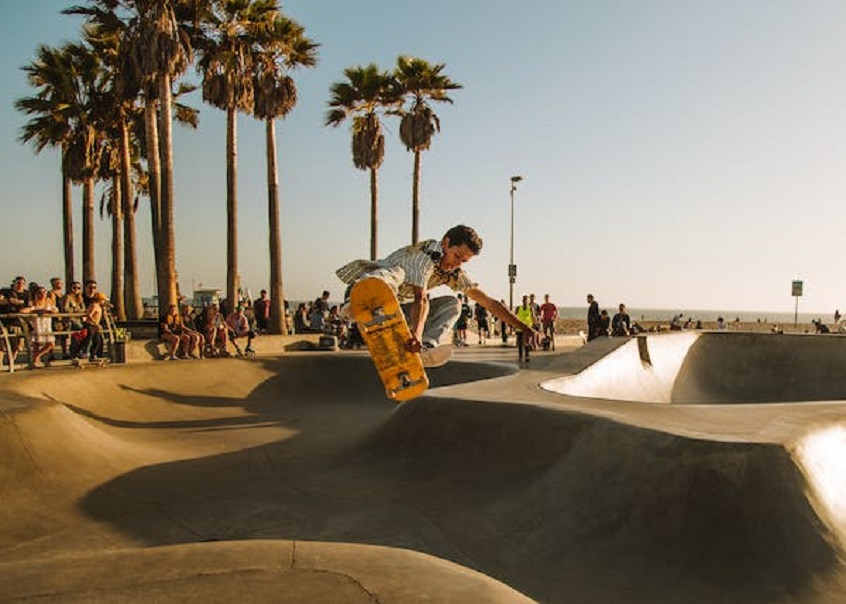
Skateboarding may be done in two different stances: conventional and goofy. Those who skate “goofy-footed” place their right foot in front of the board and use their left to propel them forward. When skating, “riding regularly” indicates that your left foot is in front and your right foot is used to push off.
To make the skateboard more manageable, most skateboarders place their stronger foot towards the back. Stand up straight and ask someone to give you a light push from behind to see which posture feels most comfortable. Your lead foot will be the one you use to brace yourself.
You may also use the motion of ascending a flight of stairs to study your posture. If you walk the stairs with your right leg in front, you’ll most likely have a normal gait. If your dominant leg is the left one, the goofy-footed posture might be useful.
3. Don’t Leave without Safety Gear
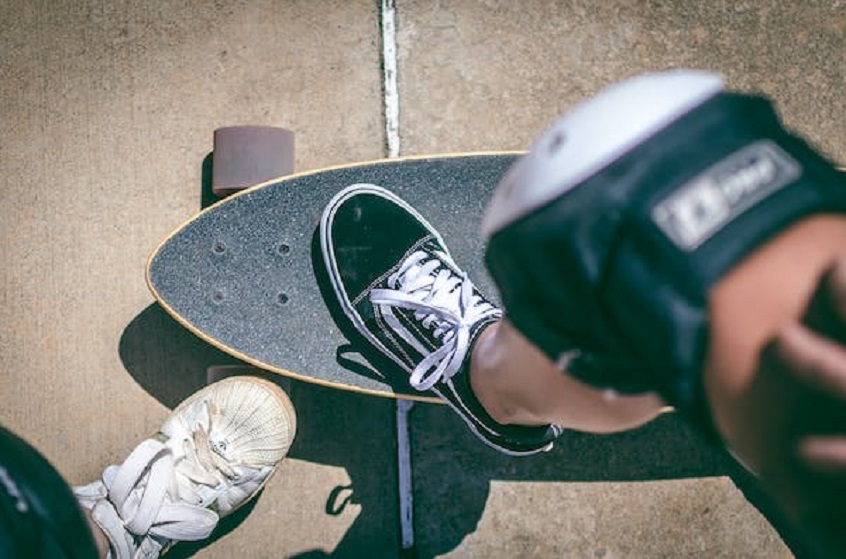
Protect yourself from falls, accidents, and impacts with skateboarding safety equipment. Without it, you put yourself in danger of suffering life-altering injuries that may prevent you from continuing to participate in your sport of choice. Wearing protective equipment can let you skate for years with greater peace of mind. Having the proper protective equipment that fits your size is crucial for staying safe and sound. Protect your head, feet, wrists, and knees by using a helmet, appropriate footwear, wrist guards, and knee pads.
4. Master Your Breaking
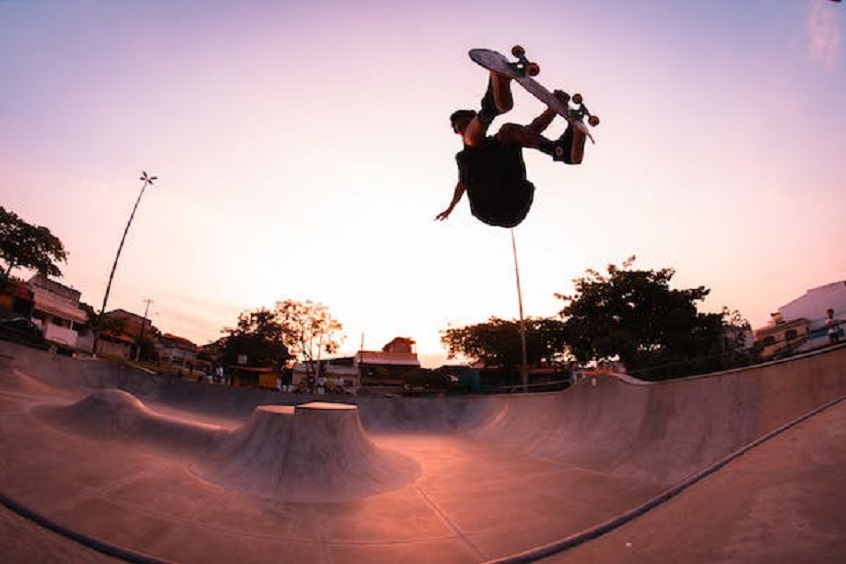
Skateboarding is a challenging sport that calls for a unique blend of agility, balance, and stamina. It may also be very harsh since mistakes usually result in painful collisions with the ground. Skateboarding has a fairly steep learning curve, and even the simplest feats can take novices months to master. Learning to stop completely on a skateboard is an important skill to acquire for your own safety. You can avoid major injury by using your feet to brake and slide when you need to slow down from high speeds.
5. And Your Turning
You may turn left or right by moving your weight forwards onto your toes or back onto your heels, respectively. You’ll need your sense of balance and coordination skills to assist your turn as you go down sidewalks, across uneven ground, or around obstructions.
6. Practice is Key
Before venturing out onto the city streets, you should get some riding practice in a familiar and safe environment. Learn and perfect fundamental techniques like the push stance, in which you balance on one leg while accelerating with the other. Get some experience by rolling over various obstacles, such as cracks and stones. Knowing how to fall properly can prevent major harm, thus it’s important to get some fall practice in.
7. Wear Appropriate Attire
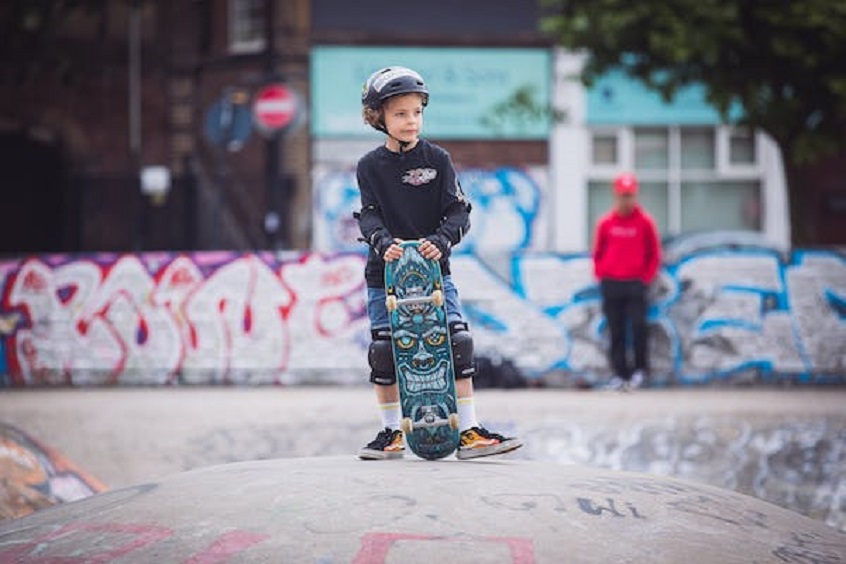
Many individuals, while thinking about skating safety, only consider the protective equipment, including helmets, knee pads, elbow pads, and wrist guards. However, the right attire can also play a significant role in avoiding harm. Loose garments increase the risk of injury because they can become stuck on machinery, block the wearer’s line of sight, or cause them to slip and fall.
Skateboarding attire must first and foremost be form-fitting and comfortable for the skateboarder. Loose clothing not only restricts movement and hinders the skater’s ability to do feats, but it can also cause accidents and injuries. Conversely, a skater’s ability to retain balance and control while moving freely is enhanced by wearing clothing that fits snugly.
Skaters should wear clothes that fit well and are comfortable so that they can concentrate on their skating and not be distracted by any soreness or chafing. Same as it’s important to buy cruiser skateboard that’s the right fit for your needs in terms of weight and speed, you should focus on getting attire that’s fit, comfortable, and breathable.
8. Respect the Traffic Rules
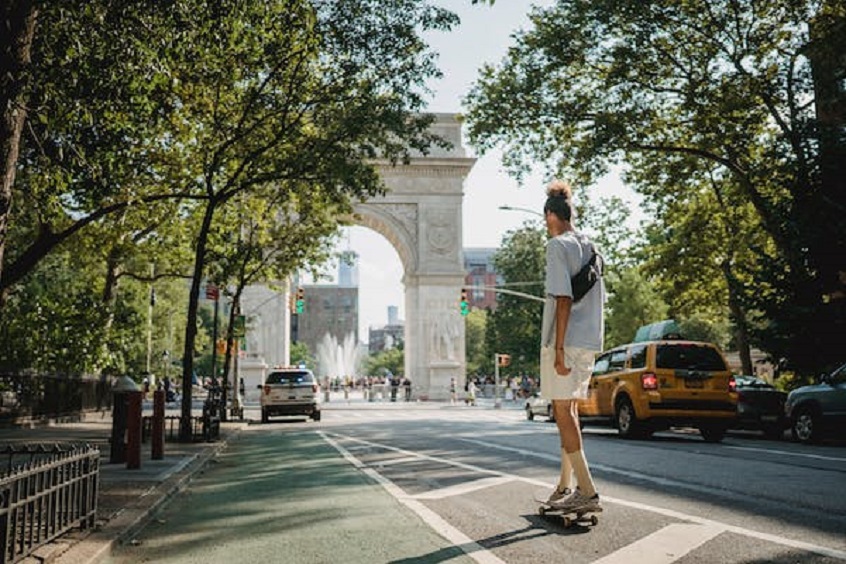
Pulling off the cool skateboarder look is important, however, observing local traffic regulations is just as cool and courteous to everyone around you. Give pedestrians the appropriate right of way on sidewalks and anticipate the unexpected from moving automobiles and bikes. Always ride carefully and in accordance with local traffic regulations.

